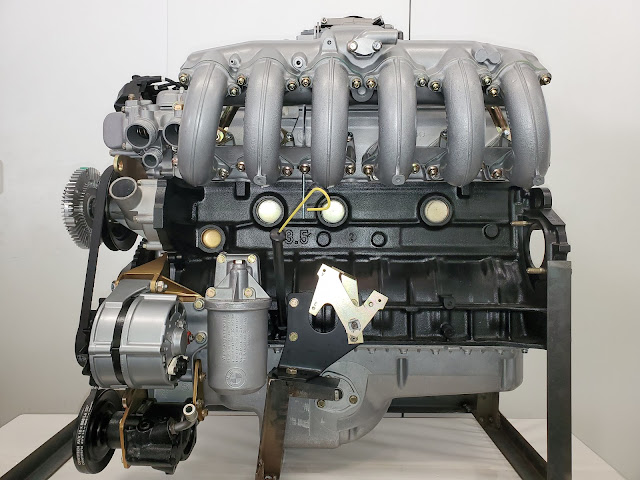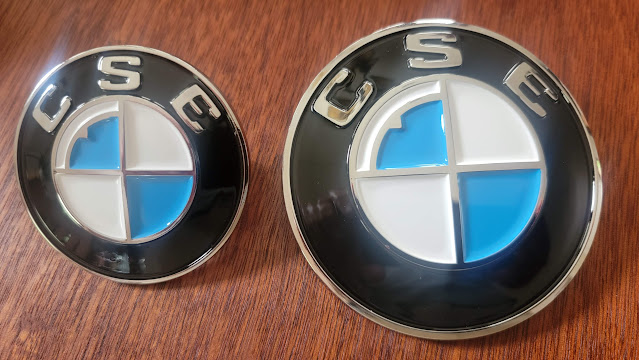EV Why?
You may be wondering why go through all the trouble to convert an old car to electric power?
Sure, there are environmental reasons, instant torque, and a quiet/clean driving experience. But, truth be told, I did it because I wanted something unique. Prior to deciding to go Tesla, I had been building up an M30B35 gas engine for my car. This is a motor from a more modern, late 80s-early 90s BMW.
 |
| The M30B35 Engine I had built for my car prior to going Tesla |
But it is a minor art to know which bits to pull from what model years when building one of these engines. Special oil pumps, oil pump gears, sumps, oil filter housings, welded and ported intake runners, aftermarket motor mounts, cam selection, timing chain, tensioner, 5-speed conversions, ECU decisions, distributor, belts, etc. Add the importance of machined tolerances on cylinders, pistons, rings, bearings, deck height, etc. and you end up with a lot of moving parts and a lot of places for things to go wrong. Add MAF, TPS, crank angle, MAP, O2, and temp sensors and their ancillary wiring issues and you have to ask if it is all worth it.
 |
| A few of the bits you need to build a e9 engine upgrade |
Sure, lots of people do it, but that's part of the problem. What makes it special? At the end of the day you've got just another 6 cylinder CS coupe with under 200 horsepower.
I was reminded of why I love my EV drivetrain today when viewing the e9 discussion forum. 10 of the top 15 posts were people asking questions about gasoline engine troubles.
My Tesla drive unit is one single, reliable component. Inside is the electric motor, inverter, and differential, all in one plug-and-play package. No muss, no fuss (once all the wiring is in place to control it).
 |
| The Tesla Model S small drive unit. |



